Thuja columnar: description, care and methods of reproduction
Thuja columnar is a rather original plant that will add originality to any landscape design. That is why it is very popular among gardeners and landscape designers.
Content:
Description of the plant
Thuja columnar belongs to the category of trees. The height of an adult tree can be about 30 meters. This plant has a grayish-brown or reddish crown of the trunk. This tree can grow for a hundred years.
This plant is characterized by the loss of lower branches by old age.
This plant is able to fully tolerate shade. It is quite unbearable to soils, but fresh fertile loams are most suitable for it. Planting a plant in such soil will ensure full growth and development. If this plant is planted on poor soils, then its needles will have a yellowish tint. Thuja can easily withstand drought, but all wives prefer moist soils.
This plant is characterized by a high level of winter hardiness.
You can plant thuja very close to each other, which will create a hedge on the site. Columnar thuja very easily tolerates haircuts, which makes it possible to domesticate this plant. This plant has a closed root system for easy planting.
Plant care
Thuja columnar is, although an unpretentious plant, it still requires care.
The main care procedures are:
- Watering.
- Shelter.
- Pruning.
- Fertilizer.
Most often, young seedlings of this plant require care:
- Them need to be watered regularly (once every 7-10 days), as well as cover at night.
- Young trees of columnar thuja need to be fed regularly. For this mullein infusion is usedas well as special mixtures for conifers.
- Also, young trees of this plant require frequent loosening of the soil. During this procedure, it is imperative to carry out mulching. For this, peat or sawdust is used.
The columnar thuja does not tolerate the urine of dogs, so the tree must be limited from this harmful effect.
- Mature trees should be watered twice a week in severe droughts.
- To strengthen the plant, it is best to use a spray hose when watering. This will help not only give the plant the required amount of moisture, but also wash away dirt and dust from its needles.
- If it is very hot outside, then it is necessary to spray the tree twice a day. This procedure is carried out in the morning and evening (in the morning - before sunrise, and in the evening - after sunset).
- It is necessary to feed an adult plant once a year in the spring. For this procedure, ready-made mixtures are most often used. Also in the spring, this plant is pruned.
In the first year of thuja's life, it is necessary to provide a full wintering. Pwhen thuja is planted in the spring, the tree will be able to independently prepare for the winter period, gain the necessary substances for wintering. But if the columnar thuja is planted in the fall, then this tree will become completely defenseless before wintering and will require special care. For this, it is necessary to cover the thuja with a white non-woven material, which will provide it with a sufficient amount of moisture during the wintering period.The roots of this plant also need to be protected from the negative effects of low temperatures. To do this, you need to pour leaves around the tree trunk.
Preparation for wintering is carried out in October-November.
Reproduction of thuja columnar
Reproduction of a columnar thuja is done in two ways - cuttings and seeds.
Reproduction of this plant is a rather lengthy process. It takes five to six years. When using this method, the thuja retains all its decorative properties. The seeds ripen in the buds of this plant. It must be left in the ground in the fall. Initially, the cones are placed in a warm place, and after they open, extract seeds from them and soak in water for 10 hours. Next, the seeds are planted in the ground. A year after planting the seeds, the height of the plant will reach 60 centimeters.
Most often, at home, thuja is bred by grafting:
- Cuttings are planted in the autumn.
- To grow a plant from a cutting, it needs to be provided with a warm room with a high level of humidity.
- For grafting, it is necessary to select lignified shoots.
- Initially, they must be placed in water for two hours, and then planted in the ground.
- The composition of the soil includes river sand, peat and sod land in equal amounts.
Reproduction and cultivation of thuja is not a very laborious process, although it takes a lot of time.
At the same time, the plant is unpretentious in care, which explains its high degree use in landscape designs different sites.



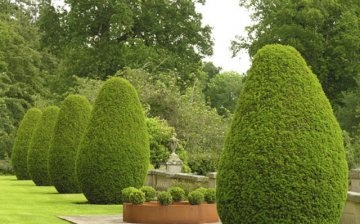
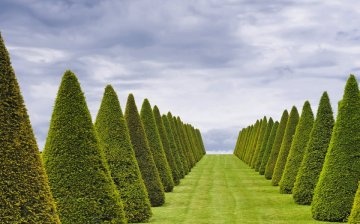
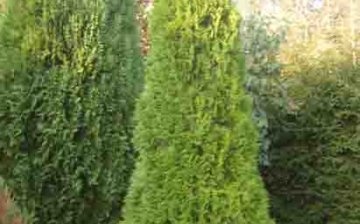
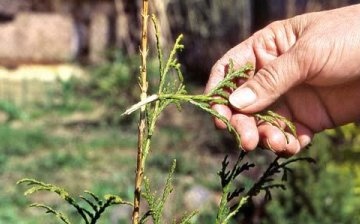




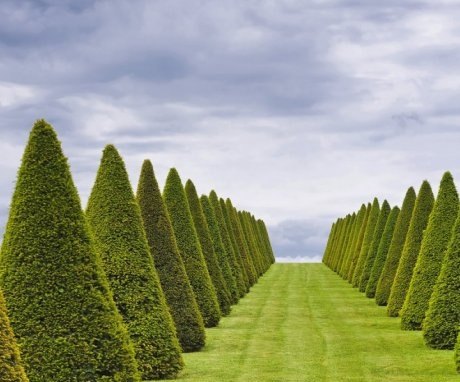
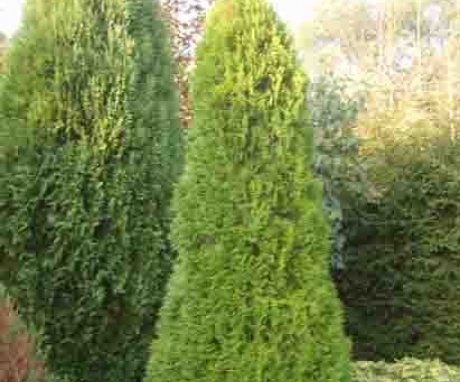
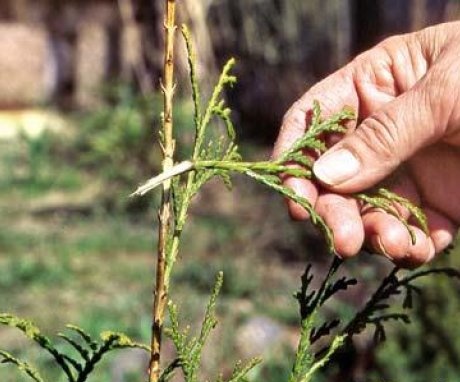
Thank you very helpful article. I have several thujas in my dacha, not all wintered last winter, I did not know what is better to plant in spring. I grow thuja from seeds, 3 years at home in peas, then a year in a greenhouse, and then in open ground. Now I will follow the advice of the article!